Are you confused about UV lighting in HVAC units?
If the answer is yes, you aren’t the only one. UV (or germicidal) lights kill the DNA of fungi, viruses, mold, and bacteria as they pass through your unit.
If you place it right, it could kill up to 99.9% of these harmful organisms. And if you’ve never heard of these lights, Keep reading on so you know what to expect!
How Does HVAC Ultraviolet Light Work?

UVGI (ultraviolet germicidal irradiation) is another name for these types of units. The lights are able to target viruses, mold, bacteria, and fungi.
Ultraviolet light for HVAC system units is a set wavelength of light, which is 254 nanometers. This is the level that DNA from microorganisms can absorb and it’s a higher intensity than UV rays from the sun.
It targets and destroys the nucleic acid of these organisms. This means that once exposed to the UV light, they can’t produce any proteins to survive. With damaged DNA, they can’t reproduce anymore and some will die right away.
Others take longer to die, but it still stops their ability to harm you. It also shortens their lifespan by a considerable amount. With continuous use, you could see some major improvements to indoor air quality.
Keep in mind that this only works on living organisms. It won’t affect any pollen or dust that enters your system, so you still need decent filters. And we cannot stress enough the importance of installing it the right way. The system needs the right:
- Number of lamps
- Reflective ducts
- Intensity and wavelength
- Lamp positions
The effectiveness of these lights will not be as good if you have leaky ductwork. The vacuum leaks allow plenty of pollutants through the holes into your home … all before they’ve seen any UV light at all.
Fact: UV light isn’t effective against all viruses and bacteria. SARS, Rhinovirues, and Streptococcus to name a few may be able to survive exposure.
Do You Need Air Filters Alongside HVAC Ultraviolet Lights?
Yes, you need to use quality air filters to increase the efficiency of your unit. In an ideal world, you’ll choose a HEPA air filter that will handle the large particles. For the small microorganisms, your UV lighting takes care of those.
If you don’t deal with the larger particles, they can hinder the UV light by providing a shield. This protects the microorganisms from UV light, as it can’t reach them all.
So, first of all, invest in quality air filters for your system. Then think about the UV lamps, as this is an extra cleaning measure.
Also, make sure you change your air filters as per the manufacturer’s instructions. This will ensure you get the best air quality in your home and protects your unit from damage.
What Type of UV Light Installations Can You Get?
There are two types of installations that you can choose from: coil and air sterilization UV. We’ll break them down and explain more below.
Air Sterilization
With air sterilization, the UV light can disinfect the air as it goes through your return duct. The lamp coordinates with your blower motor, and it will only work when your unit is on.
This type of installation boosts the reflectivity of the ducts within certain areas. Because of this, the strength of the UV light can reach its peak. Your unit can become highly effective at dealing with microorganisms.
Coil Sterilization
Coil sterilization gets installed into the harder-to-reach areas of your unit. This includes some filters, the cooling coils, and the condensation pans. These areas get constant UV light to prevent any household mold from growing on them.
You need this type of installation if you want to cover sensitive areas where mold growth is common. It’ll help keep the deepest parts of your unit clean and prevent mold from setting in. All those seams, grooves, and edges won’t be a mold breeding ground.
Ultraviolet Light HVAC Benefits
Next, let’s look at the benefits UV lighting can bring to your HVAC unit and your home. It’ll be surprising how much of a difference it can make.
Improves Air Quality
If done right, you will see much better air quality with UV lighting installed. But it has to be the right intensity and wavelength to do the job. This is why it’s important to have a professional do the installation.
Prevent Mold and Mildew Build Up
Some lights, as we’ve said before, go deep into your HVAC unit to cover the parts you can’t clean with ease. Your cooling coil is notorious for mold, due to how wet it can get because of condensation.
Such moist areas are the perfect home for mold and mildew to thrive. UV lighting will help prevent this and keep those delicate areas clean. You don’t want mold spores getting into your air, putting your health at risk.
Stops Bad Smells
VOCs (volatile organic compounds) can cause smell chemicals to enter your air. Think of items like:
- Paint
- Cleaning products
- Tobacco
They all have bad smells and contribute to health issues. It could start with a simple headache and progress to throat irritation or worse. UV lights can remove those VOCs from your HVAC unit and the air you’re breathing.
Improves the Efficiency of Your HVAC Unit
The UV lamps will clean coils and the air that’s moving through the system. While it can’t fix dust and dirt, it will keep out harmful microorganisms.
Because of this, you could see the unit’s capacity go up by 35%. The cleaner your HVAC unit is, the less energy it needs to heat and cool your home. It’s not working as hard, and this translates to savings on your energy bills.
Ultraviolet Light HVAC Downsides
Now that we’ve seen the benefits, let’s take a look at the downsides these UV lights can bring. It’s important to know what you’d be signing up for.
Allergy Issues
If someone in your household has allergies, this can get worse. The UV light can’t help with dust, dirt, pollen, and dead fungi. If you don’t have good filters that you maintain, these pollutants still get into the air.
The Wavelength Must Be Right
Only certain wavelengths will be effective for germicidal control. It’s unfortunate, but you can’t trust all manufacturers to give you the right levels. If the UV light is below 200 nm, it’ll start producing ozone.
To tell if this happens, you might smell something like metal or an electric spark in your HVAC unit. If ozone gets into the air and you inhale it, it can damage your lungs.
Even low amounts can cause issues like:
- Coughing
- Short breath
- Chest pain
- Sore throat and irritation
Ozone can also make chronic respiratory diseases worse. This is a particular concern for asthma sufferers. The body may start to struggle to fight off respiratory infections.
UV-C lights are the best ultraviolet light for HVAC units. This provides shortwave light in the range of 200 – 280 nm. For extra peace of mind, you can get quartz glass lamps with titanium.
This helps to prevent UV in the wrong wavelength from releasing into your indoor air. The glass, for example, can absorb the 185 nm UV-C to help keep you safe.
Direct UV-C Light Exposure is Dangerous
UV radiation is especially dangerous for your skin and eyes. The technician must install it in a way that no UV light can reach people living in the home.
This isn’t a disadvantage per se, but the danger can put people off. If you choose a professional installer, though, they know what they’re doing. The quality work they do will keep the UV light where it should be so it doesn’t cause you harm.
UV Light Can Get Costly
You’ll need to spend out on the lamps and the installation, which can be costly. So, you’d need to see this as an investment in bettering the quality of your home.
The UV lamps can also help save you money on unit maintenance, it’s worth noting. But, this home improvement won’t come cheap, and we’ll explore that further down in this guide.
UV Lights Could Damage Parts of Your Units
If you don’t install it right, the UV light could harm parts of your unit. In the air handler, for example, non-UV-stabilized plastic is vulnerable.
Within 2-3 years, it could also break down the drain pan and flex duct. This is via a process known as photodegradation, and it’s something you need to keep a note of.
A proper, certified installer can help with the correct installation. It’s also worth scheduling regular annual or biennial maintenance checks with a technician. This will help keep your unit in good working order and spot small issues before they become large ones.
How Much Do UV Lamps Cost?
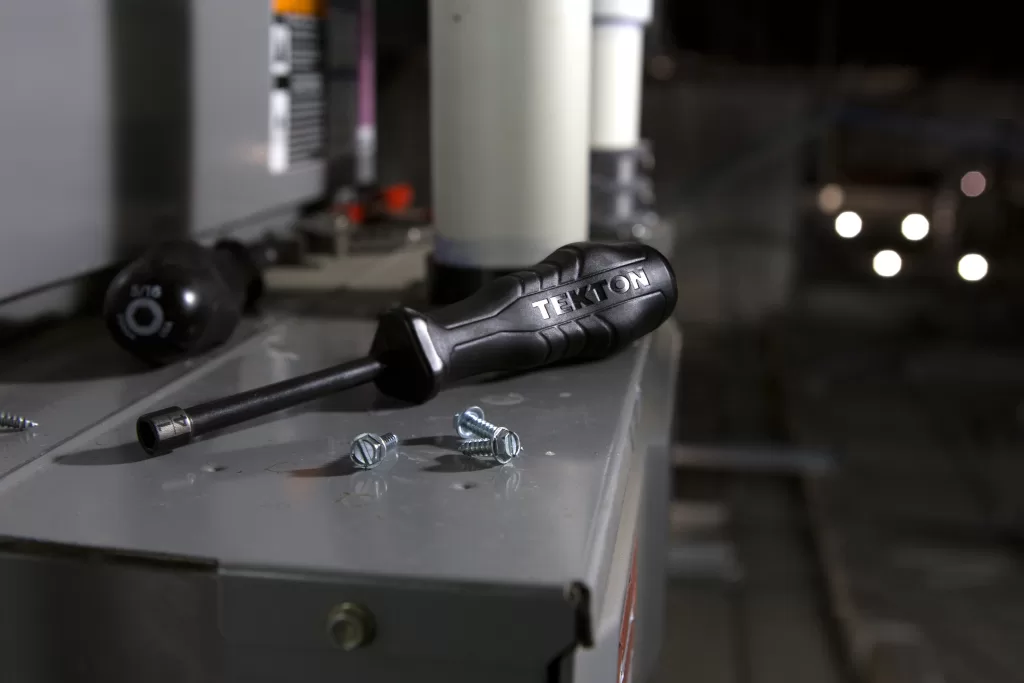
How much HVAC UV light installation costs will vary depending on the lamps you choose. You’ll need to pay for the UV light, the lamp, the installation, and the increased energy it needs to run. Here is a breakdown of costs.
Air Sterilization
The cost of the light will be between $80 – $400 and the lamp could be $25 – $125. For installation, you’re looking at $150 – $295 and you should expect a $15 – $30 increase in utility bills. The lights will only run when your unit is on.
Coil Sterilization
The light itself will cost you $60 – $285 and the lamp will be between $10 and $60. For installation, it’ll be about $100 – $225. It’s hard to estimate the increased energy bill, as these lights usually get left on all the time.
The biggest difference between expensive and cheap options is the number of bulbs. At the cheaper end of the scale, you’ll usually only get one bulb. For the more expensive options, there are two. In some cases, you may even get an air filter included in your kit.
Installing UV lights is definitely an investment. But, it’s not only the installation you need to worry about. The maintenance costs can stack up too, so let’s look into that next.
What Are the Maintenance Requirements?
First off, you need to keep the lamps free of dust; otherwise, it’ll reduce their effectiveness. Every six months, you should give the lamps a wipe with a cloth, but remember to switch the light off first. Follow all the safety rules that your installer will tell you when handling UV lighting.
When you clean the lights, don’t touch the actual lamp. There is oil on your fingers that can smudge and smear the glass. This will reduce the effectiveness and cause uneven heating to your lamp.
Every year, you will need to replace the UV light. It will continue to work, but the effectiveness will be extremely reduced after 9,000 hours of usage. The coil sterilization lamps can last you about two years, but prepare to pay for the lamp. You may also need to pay to have a technician change it, putting the cost at $110 – $480.
How Long Does HVAC UV Lighting Last?
When it comes to how long UV HVAC lighting lasts, you need to bear some things in mind. As stated above, you need to replace the lamps on a regular basis. If not, they will be completely useless.
The average lifespan of a germicidal UV lamp is between 5,000 to 9,000 hours. Of course, the light will still work after that, but it’s not going to be effective at all.
As we said, the general advice is to change air sterilization lamps each year. Some manufacturers only give a six-month life span, though, so read the instructions.
For coil sterilization, it’s closer to two years for a replacement. Even though they’re working all the time, they don’t work as “hard” as air sterilization lights. The good news is that’s easier on your wallet.
Do They Actually Work?
UV light has been around in the medical industry for decades and is effective at what it does. It’s proven that the light will damage a large percentage of microorganisms.
The catch is it has to be in the right wavelength range to be effective, as we’ve stated earlier.
What’s the Biggest Downside of UV Light As a Sterilizer?

For many, it’s the cost that puts people off. You need to pay for professional installation and buy the equipment yourself. This can stack up into the thousands of dollars. The cost doesn’t stop there either, as you would need to replace the lamps each year to keep them working.
There is also a general fear of UV lights because of the harm they can cause. The good news is, if you go with a professional company, you don’t have to worry. They’ll install them correctly and tell you how to be safe around them.
How to Pick the Right Technician
As we’ve said, if you pick the right technician, you don’t have anything to worry about when it comes to UV HVAC lights. Here are some tips on how to find the right technician for your needs.
Get Recommendations
The first step is to ask family members and friends for recommendations on whom they use. Ask them why they recommend them and what you can expect with service quality and pricing.
They’re your friends and family, they’re not there to upsell or rip you off. You can expect candid, open honesty from their experiences. It’s a good way to get a few names that you can start researching further.
Do Some General Research
You can’t rely on only the word of your friends and family; you have to do your homework too. Google all the names you get and look up some more companies local to you.
Check if their website matches the information you have on them. It’s possible that prices could change since your friend last used their services. They could have new technicians too or no longer cover your area.
Before you hire anyone, you need up-to-date information. Look at the services they offer and their availability as well to help narrow your choices.
Read Reviews
Make sure you check the client reviews and testimonials. This will help you see how they handle daily customers and what their customer service is like.
Don’t let a few bad reviews put you off, as you can’t please everyone. Give them a read to see if they’re reasonable. If so, how did the company handle it and what did they do to fix it?
The only time it’s a red flag is if there are more bad reviews than good ones. You want someone you can trust to do a good job and treat you well as a customer.
Testimonials often represent the very best feedback and aren’t the same as reviews. It’s still valuable, but you want to check third-party review sites to be sure. The Better Business Bureau is a good place to start.
Make Sure They’re Licensed
The next step is to make sure the technicians have the right licenses and qualifications for the job. This is easy to verify, as most companies will display that on business cards and websites.
This should include all relevant state and local licenses. If they have awards and other licenses, that’s even better. It’s a strong sign that the technicians care about bettering themselves. It’s also a sign they care about providing excellent quality work.
Check How Long They’ve Been in Business
In general, you want to pick someone who has at least two years of experience in the industry, especially for something specialized like UV HVAC lighting.
It’s safer to go with someone more experienced. This gives the best chance that they will have done similar installations before. You’ll get the peace of mind that they’ll do the best job possible.
Get Quotes For What You Need
When you think you’ve found the right fit, give them a call. Let them know that you’re looking to install UV lighting and explain your system to them.
This is an opportunity to find out more about who would be working on your system. You can get a gut feeling of if they’re trustworthy and how experienced they are in the job you’re asking of them.
Don’t Be Afraid To Ask Questions
A consultation is your chance to ask the questions you have on your mind. You’ll have done your research but there will be gaps, so fill them in.
For example, say the business is 25 years old but the technician doesn’t look old enough. Ask what qualifications they have and what their experience level is.
You also want to know how much knowledge they have on UV light installation. Ask about the lamps and what wavelength they are. Get into the specifics to see what their ability level is.
Get It All In Writing
Make sure you get everything in writing. Ask for a list or form about what you discussed before the technician leaves the consultation.
This will help you keep track of quotes and value when you compare. Get quotes from three or four different companies.
These are also documents you can look at if your chosen technician charges more or if there is a double charge. The initial quote should be near to or exactly the amount you pay for the installation.
While the chances of this are low, it’s always better to cover your back. Keep all your documents somewhere you can find them and also keep the receipts for any services too.
The Breakdown
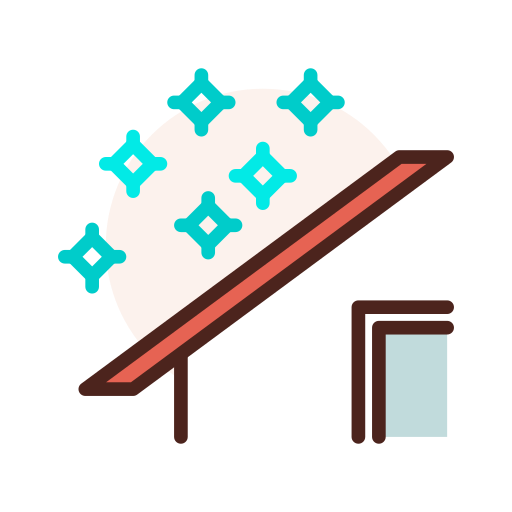
Compare Quotes from Top-rated HVAC contractors in your area.
Ultraviolet light for HVAC units can greatly benefit your home when you install it right. You need to get the wavelength and position right, but this doesn’t come cheap.
With high initial installation costs, there are ongoing annual maintenance costs, too. So make sure you’re prepared to put some investment into cleaner indoor air.
If you’re looking for an HVAC technician you can trust, submit a few details here, and our system will match you with Top-Rated HVAC Technicians in your area who are dedicated to bringing quality solutions for all your HVAC needs.

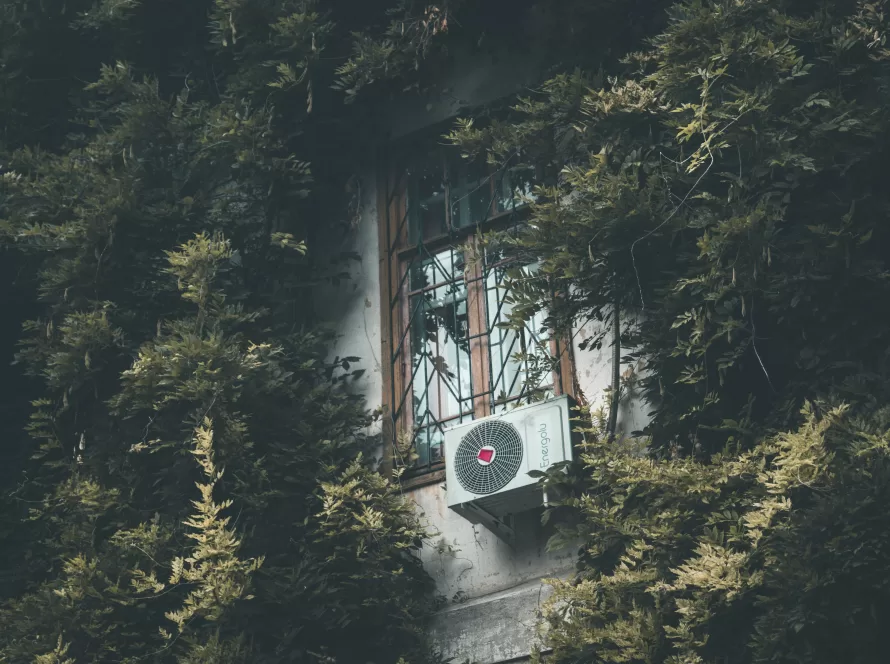
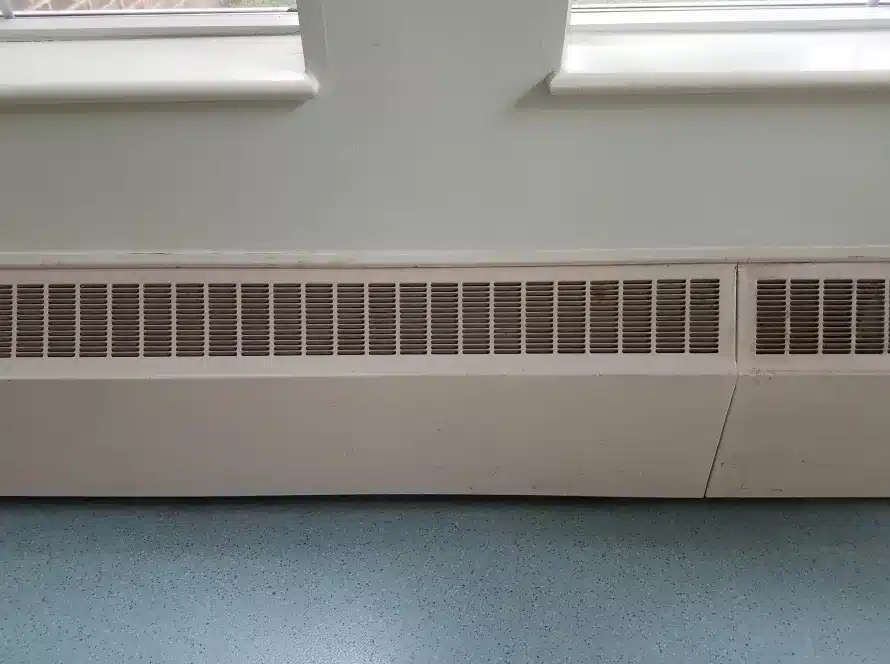
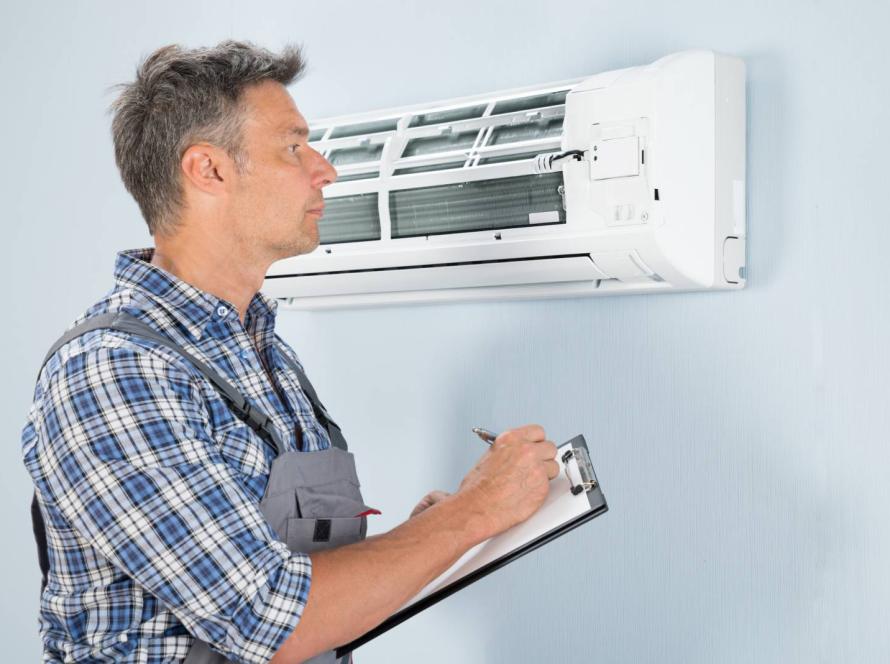

Facebook
Comments